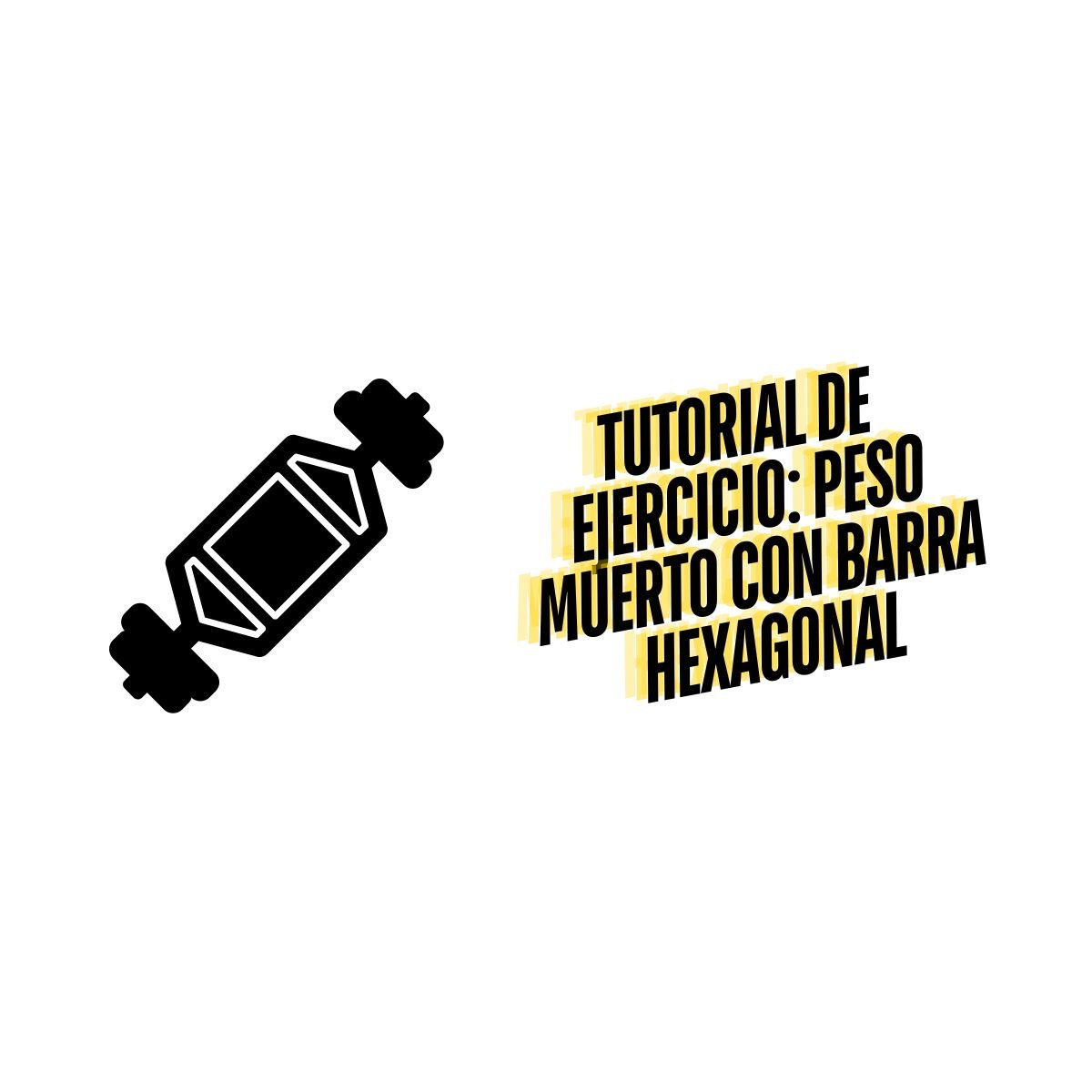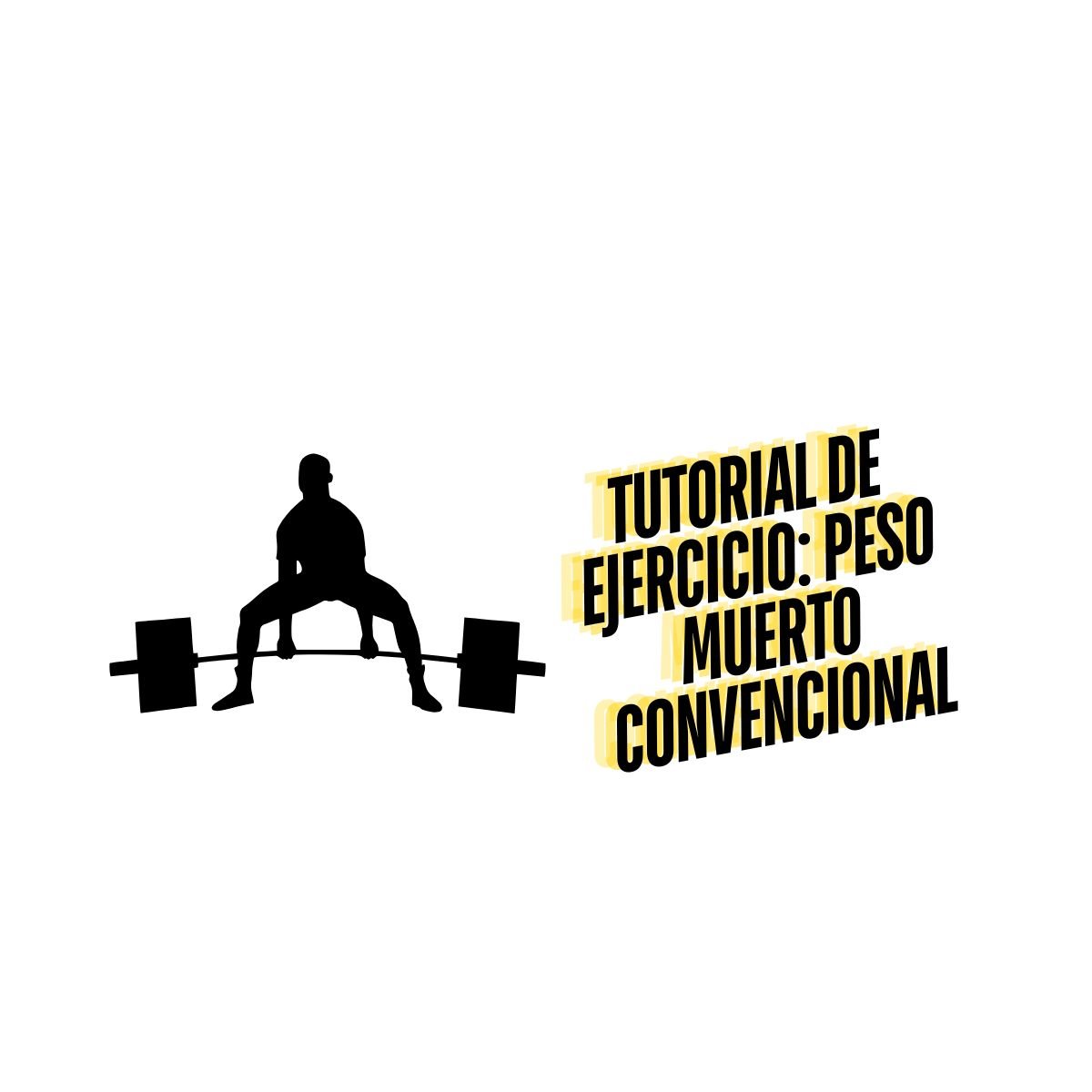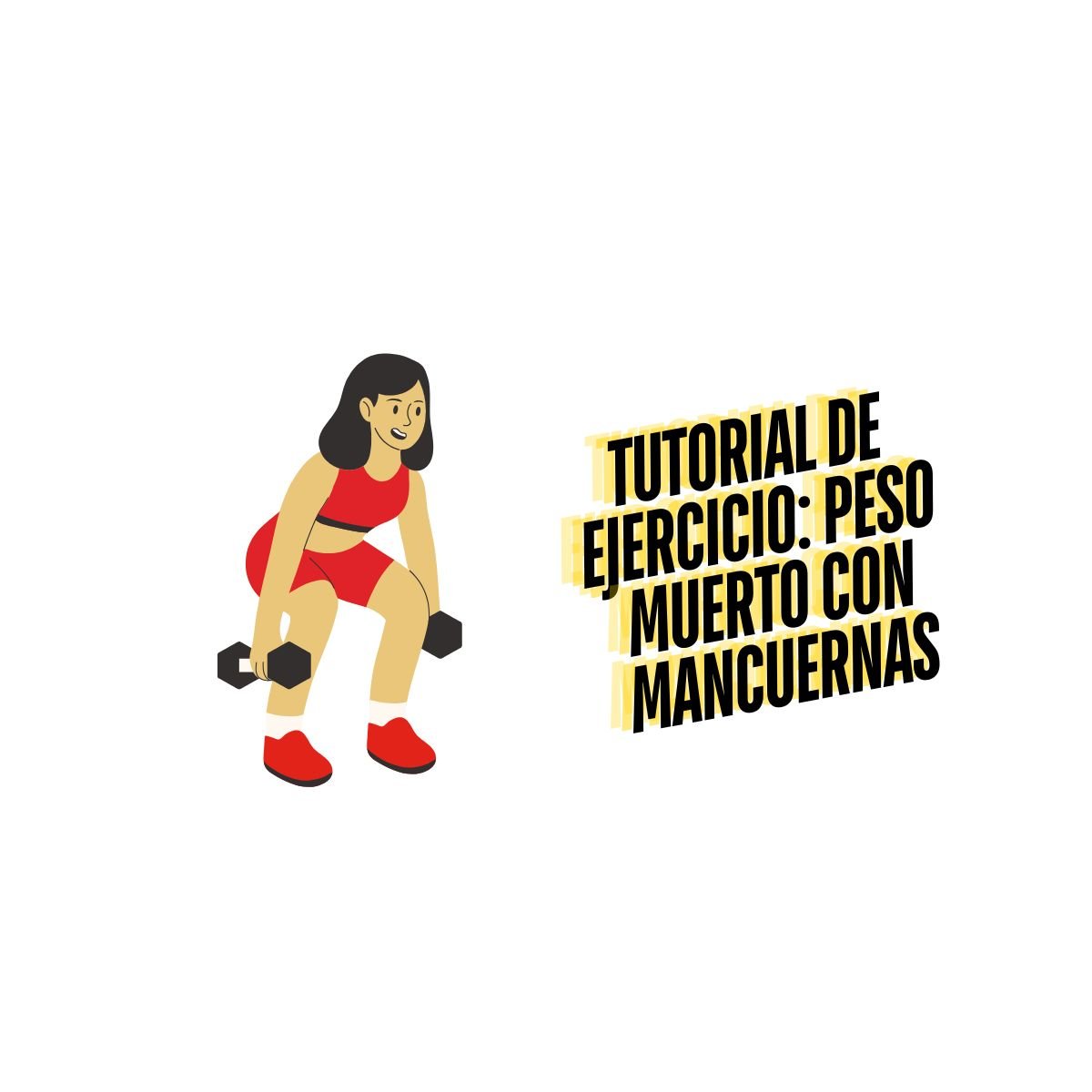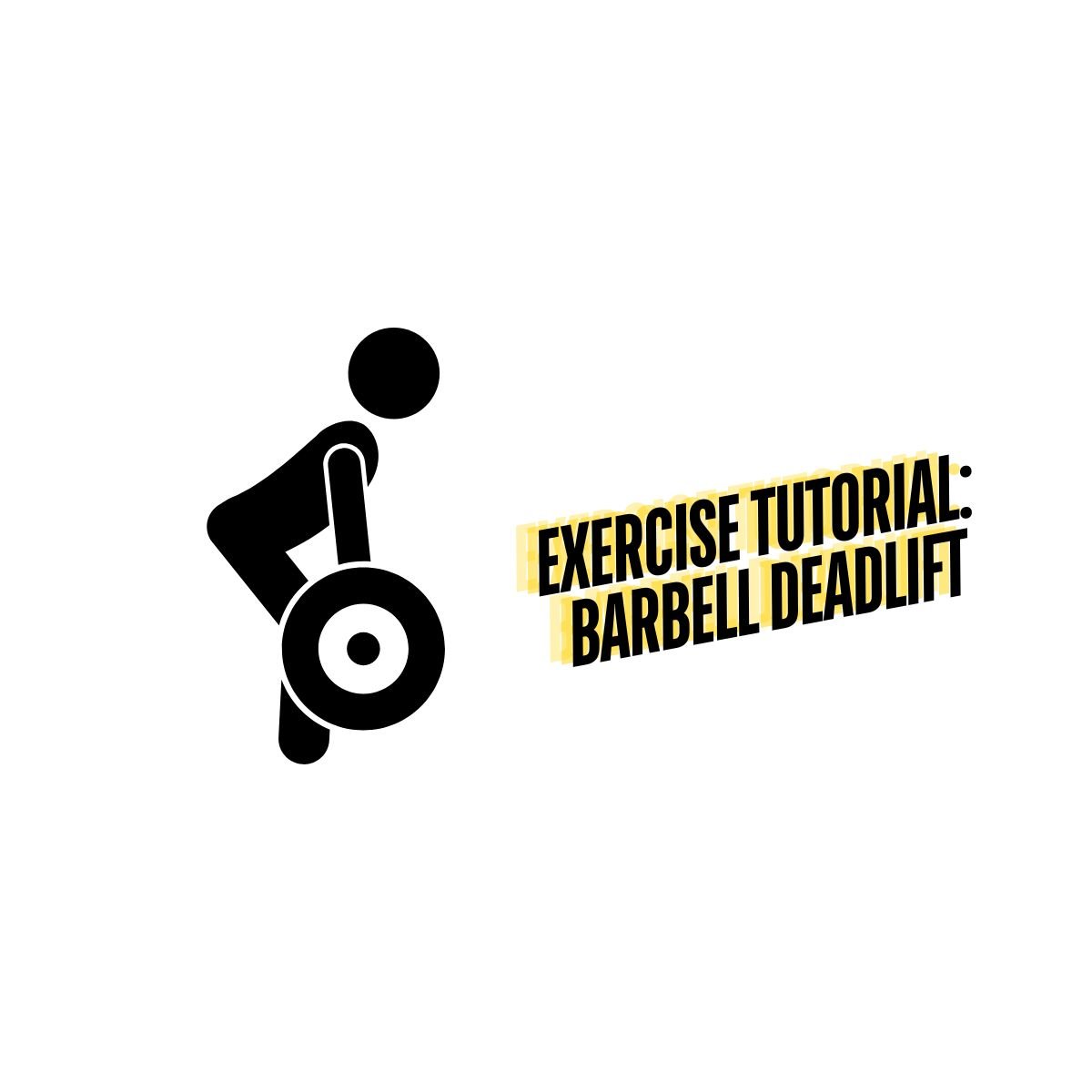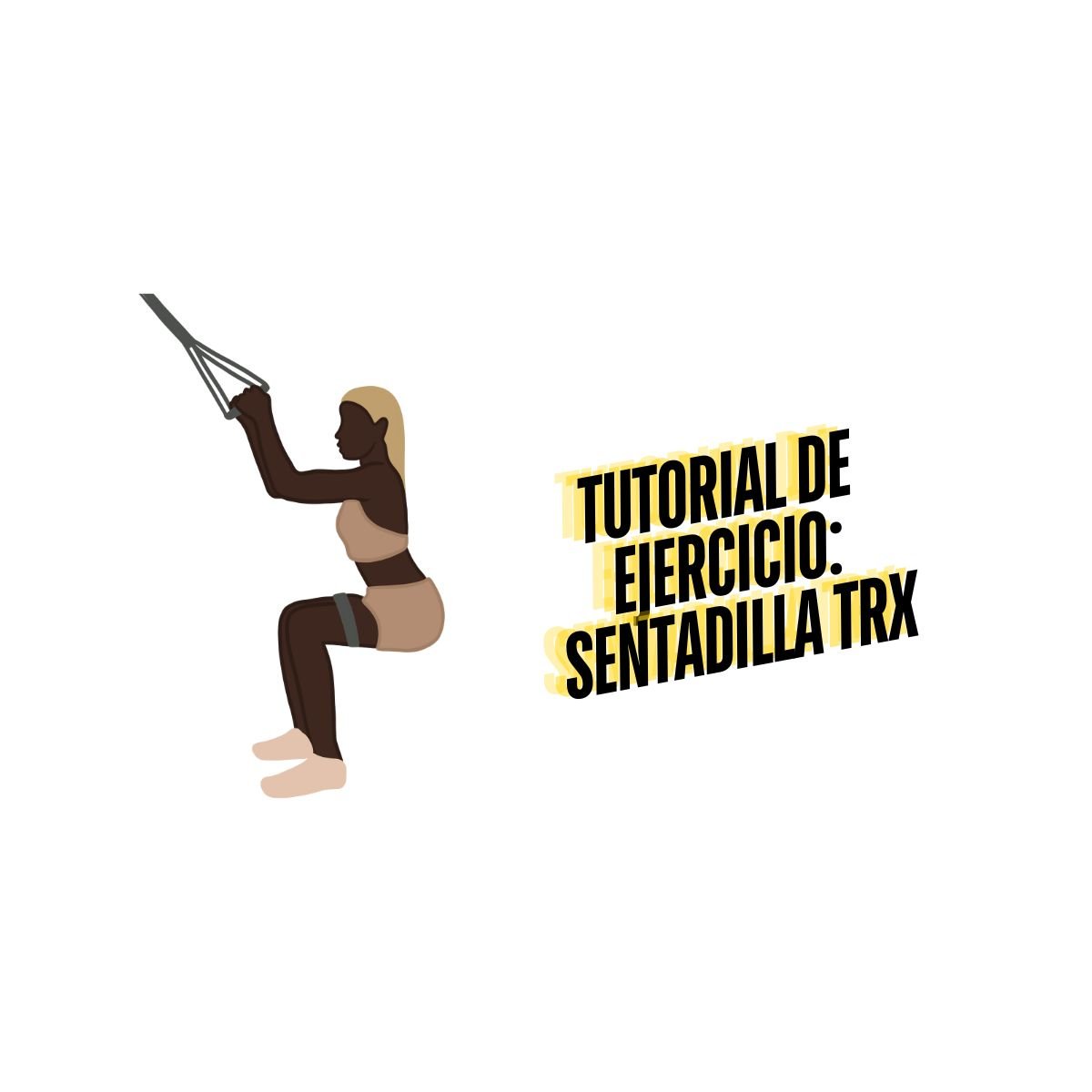Equipment Breakdown: Barbell and Hex Bar (Trap Bar)
Table of Contents
Origins of Barbell and Hex Bar (Trap Bar)
The hex bar is also known as the trap bar and was invented in the 1980s by Al Gerard. The main purpose of the hex bar was created for lifting relatively heavy, and reducing the chances of injury compared to the standard barbell. Other reasons for its existence, is to assist athletes or individuals with long limbs, as they may experience difficulty lifting a barbell due to their knees interfering with the bar path.
The barbell is the most common and highly recognized piece of equipment at exercise facilities today. The barbell was invented by Kasper Berg in 1928 and is usually 7.2 ft in length and roughly 45lbs. There is also a women’s bar which is 6.6 ft and roughly 35 lbs. The barbell is used for all different kinds of exercises in all planes of movement and is most frequently used for the back squat, deadlift and bench press. Barbells are also used in Powerlifting and Olympic Weightlifting competitions i.e, clean, jerk, and snatch.
Difference Between a Barbell and a Hex Bar (Trap Bar)
There are a few differences between the hex bar (trap bar) and a barbell. The hex bar allows for a different grip placement. On the hex bar, you can use a neutral grip, which improves your grip strength and allows you to lift more. With a barbell, you can use an overhand grip, underhand grip or a mixed grip.
There is also a disparity between the weight of the two bars. The hex bar is heavier weighing at 65 lbs and the barbell weighs 45 lbs. This is important to know when the lifter is loading the bar. Another difference between the two bars is the mobility required in order to use them effectively. For example, doing a deadlift with a barbell requires a lifter to get into a deeper stance to be able to lift the bar off the ground.
When performing a deadlift with a hex bar, you don’t need as much hip and ankle mobility because the handles are within reach; higher up from the ground. This also means the lifter will have a shorter range of motion to complete the lift.
Lastly, different exercises can be performed with each bar. With the hex bar you cannot perform different exercises that you would be able to perform with a barbell, i.e push-ups, presses, bent over rows, squat jumps and farmer walks. Barbells are way more versatile. It’s best to think of the hex bar as an assistive tool to use to compliment your classic barbell deadlift.
The Pros and Cons of Barbell and Hex Bar (Trap Bar)
Some PROS for the barbell is that it’s versatile and can be used for all kinds of training like powerlifting, bodybuilding, and Olympic Lifting. The barbell only weighs 45 pounds so beginners or advanced lifters can use it. Also, as mentioned previously, it can be used in multiple planes of movement. CONS for the barbell; you must get to know how to perform the exercises with proper form to prevent injury, balancing the weight can be difficult for beginners, and more mobility in the hips and ankle joints is required to execute proper deadlift form.
PROS for the hex bar; it doesn’t require the same mobility therefore when squatting and deadlifting the spine and torso can remain in a more upright, the center of gravity is in a safer position, it’s great for lifters with long leverages, and a great option for beginners. CONS is that it’s more difficult to maneuver and set up, it’s not as versatile and is a less hip dominant movement compared to the barbell deadlift.
Advantages of Using Barbells
Weighs 45 pounds
Can be used in strength, power, and hypertrophy lifting (very versatile)
Can be loaded heavy or light
Can be lifted from the ground or from the shoulders
Can be used in multiple planes of movement
Disadvantages of Using Barbells
Greater demand for lower body mobility
Can’t use neural grip
More balance is required from your core when lifting
Must be performed with proper form & technique
Advantages of Using a Hex Bar
Doesn’t require a lot of lower body mobility to get into starting position
When performing a hex bar deadlift and squatting; the body is more upright
Center of gravity is in a much safer position
The grip is neutral at the person's side
Height of the bar is elevated allowing for easier bar path travel
Great for lifters with long leverages
A great option for lifters who experience pain and discomfort using a barbell
Disadvantages of Using a Hex Bar
Not a traditional hip dominant movement
Range of motion is shorter
Not as versatile as the barbell
More difficult to maneuver









